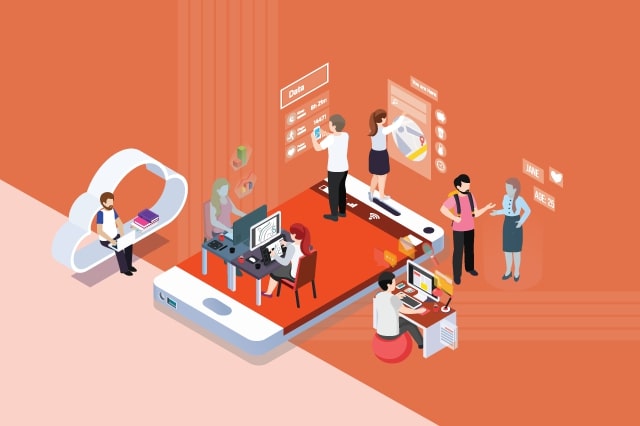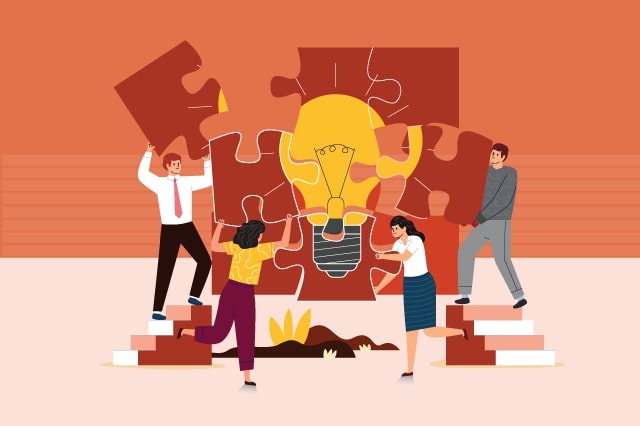
With four distinct generations working together simultaneously – Baby Boomers, Gen X, Millennials, and Gen Z – the reward and recognition (R&R) methodology can no longer be archaic. Two fronts have proven to be salient in recognizing and rewarding Gen Z (or Zoomers) — behavioral science and intranet.
It’s all about Behavioral Science.
Zoomers don’t just sign up for the paycheck. It’s not the football tables and happy hours, but social recognition and positive morale that motivates a Gen Z-ers.
This generation also comes with an ever-growing need to stay connected. According to research, 40% of Gen Z-ers prefer daily interactions with their bosses. Not only does it show how a straightforward approach can keep them engaged, but also that this is a group of no-nonsense people when it comes to working. For them, rewards are no longer monetary but a whole new mind game.
The Intranet is Pivotal
However, Gen Zers believe in cutting through the clutter and getting straight to the point Recognition can improve employee engagement and well-being in the internal network.
The younger generation wants to work toward goals while also having some fun. Nothing motivates the team more than making goals into games and giving rewards based on how well they do.
The gamification front has led to many external integrations between the organization and its goal-setting objectives for employee engagement and recognition.
What Gen-Z wants?
As this new segment of the workforce enters the corporate picture, it's critical to understand what they want. So, here are a few key motivators for Generation Z-ers to consider:
1.Constant opportunities to grow
Despite concerns that technology will suppress their development, Generation Z-ers are constantly striving for personal growth. A steady paycheck will not suffice as a reward for them.
Instead, they yearn for personal growth, and the organization should provide it. This generation has lived through the great recession, economic slowdowns, and inflation—they know that change is crucial to keep one’s head above the water.
2.Tech-savvy ops
It is well acquainted with them, so the rewards program should have a technological spark to it by making it multi-dimensional.
As digital natives, they support innovative recognition and rewards mechanisms, but keep them in check with minimalism and realism.
3. Candid communication platforms
When gamification of goals, tasks, and objectives has changed the way extrinsic motivation works, these intranet communication platforms take center stage in the Gen-Z town.
Gen Z-ers believe that text messaging, and social media-esque media are essential to workplace communication because they slash greetings and salutations and are straight to the point. Also, it makes rewarding much more streamlined and uniform, freeing it from bias and hindrances.
4. Contemporary reward programs
Now that the digital age has revolutionized personalization, there’s no need to stack every employee’s desk with rewards that s/he doesn’t prefer. When it comes to rewards, personalization gives a healthy choice to employees and matches their likenesses.
5. Recognition and progressive feedback
Gen Z-ers believe they’ve done something wrong if they don’t interact daily with their boss. This generation doesn’t shy away from rectifying its mistakes; for that, they are always open to recognition—positive or negative.
This emanates light on the essential nature of progressive feedback. After all, a successful reward and recognition program changes things for the best.
But are the Special Measures worth it?
Now that Gen Z-ers and Millennials will make up the majority of the workforce, there needs to be a big change in how people think, especially about how to keep the workforce interested.
So yes—even though the work ethic, dressing style, and zeal of Gen Z-ers might contrast with the other generations, these extraordinary measures will very much be required to reward them. It’s time for the corporate world to embrace the change for good times to come.
About Author:
Mamatha Ramesh is an HR Manager at Chimera Technologies.


